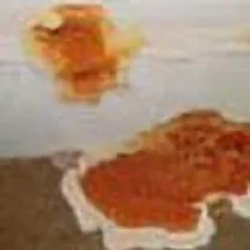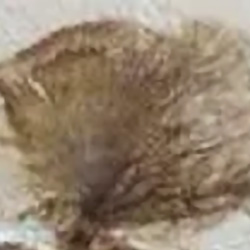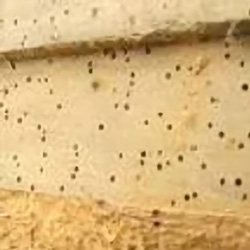Dry Rot
This wood destroying fungi requires urgent action to avoid further extensive damage. It is malignant and will travel through thick walls and between brickwork and plaster in search of timber. Indications of dry rot to timber include, significant loss of timber weight, brown, dry and brittle timber with cuboidal fractures that can be crumbled by hand. Also Sporophores (fruiting bodies) which give off millions of spores in the form of red dust. Infestation normally occurs due to a combination of dampness and inadequate ventilation to the timbers i.e. failed damp proof course, leaking pipes or other plumbing services and defective roof coverings/rain water goods.

Wet Rot
This type of rot is caused principally by Coniophora puteana. Poria vaillantii is another important wet rot fungus and a number of less common fungi also occur. While each fungus has its own unique features, the general appearance of wet rot is similar – as is the treatment. Wet rot is typically confined to the area of dampness because the mycelium does not spread into walls.

Wood Boring Insects
Woodworm is the commonly used generic term for a number of species of wood boring insects. These lay eggs on or in timber and the larvae feed upon and bore through the wood leaving a network of tunnels, thus damaging and weakening the structure.

